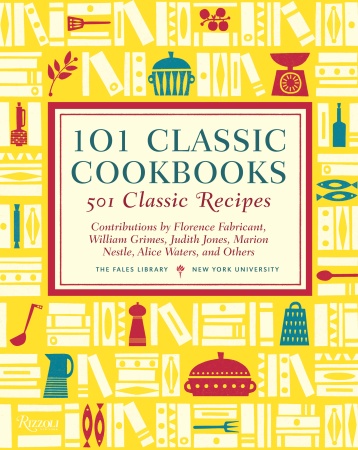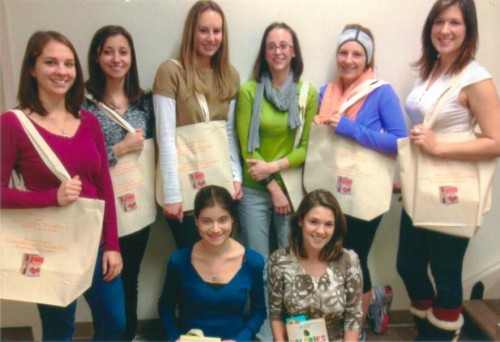The digital age may be upon us but I see no sign that books are disappearing. They flood in, and a great many of them are worth reading and adding to my office library. Here are a few recent ones on various aspects of the food movement.
Michelle Obama, American Grown: The Story of the White House Kitchen Garden and Gardens Across America, Crown, 2012.
Sometimes a garden is just a garden, but this one is a movement on its own. As the First Lady explains:
I wanted this garden to be more than just a plot of land growing vegetables on the White House lawn. I wanted it to be the starting point for something bigger…I was alarmed by reports of skyrocketing childhood obesity rates and the dire consequences for our children’s health. And I hoped the garden would help begin a conversation about this issue—a conversation about the food we eat, the lives we lead, and how all of that affects our children.
Sally Fairfax, et al., California Cuisine and Just Food. MIT Press, 2012.
I wrote the foreword to this account of the development of the San Francisco Bay Area food movement, starting with:
California Cuisine and Just Food takes a deep and comprehensive look at past and present efforts to bring tastier, healthier, locally grown, and ethically produced food to San Francisco Bay Area eaters, poor as well as rich. The story is inspiring. The authors of this collectively written account, cautious academics as they must be, describe the development of the Bay Area food scene as a “district” rather than as a social movement. But I have no such compunctions. It looks like a social movement to me. This book is about how the Bay Area food movement evolved to what it is today: a vibrant community of highly diverse groups working on highly diverse ways to produce better quality food and promote a more just, healthful, and sustainable food system—for everyone along the entire system of what it takes to produce, transport, sell, prepare, serve, and consume food.
Katherine Gustafson, Change Comes to Dinner: How Vertical Farmers, Urban Growers, and Other Innovators are Revolutionizing How America Eats, St. Martins, 2012.
I blurbed this one:
In her wildly successful cross-country search for alternatives to our industrialized food system, Katherine Gustafson comes up with a terrific new word: “hoperaking,” the gathering of inspiration (and the opposite of muckraking). The people whose work she describes here should inspire anyone to get busy and start planting.
Robin Shulman, Eat the City: A Tale of the Fishers, Foragers, Butchers, Farmers, Poultry Minders, Sugar Refiners, Cane Cutters, Bee Keepers, Wine Makers, and Brewers Who Built New York, Crown Publishers, 2012.
Eat the City is about the men and women who came to New York City–now and in the past–and planted gardens, harvested honey, made cheese, and brewed beer and made New York what it is today. Robin Shulman uses their stories to bring this rich history to life and to reflect on the forces that brought immigrants and their food traditions to this city. Not all of these stories have happy endings, but they inform, move, and inspire.






